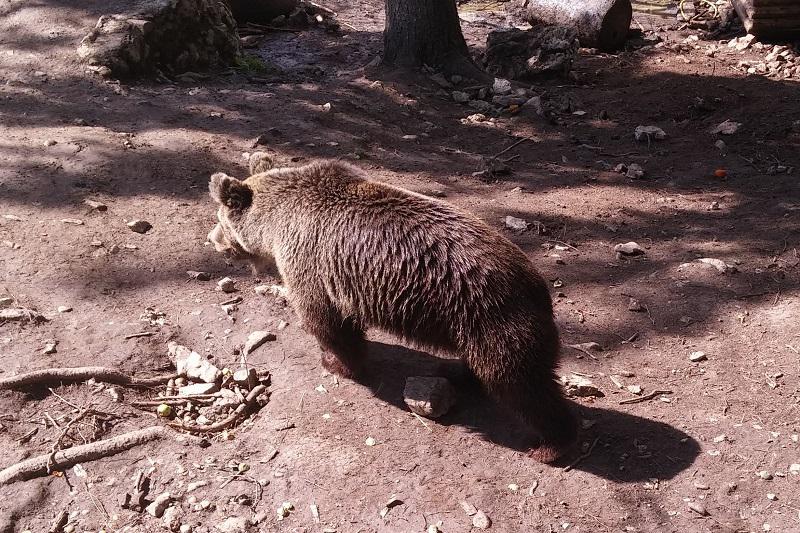Igor Trbojevic
Other projects
7 Jul 2015
Distribution, Status and Protection of Brown Bear (Ursus arctos L., 1758) in Bosnia and Herzegovina I
As planned with the five-year project, the research on the first three locations have been completed. In this part of the project we shall work at the next four (4) locations that are geographically located in the north of Bosnia and Herzegovina.

Brown bear, Mt. Vlašić.
We also continue to collect samples on the field (faeces and traces) in order to form a database, which will be annually supplemented with other data (marked individuals, natural mortality, collected statistical data of the killed by hunters, the polls, records of damage, reviewing hunting periodicals and dailies).
The methods that we shall use throughout this work are: transect method (collecting faeces, tracks, hair); stationary method of counting (counting from hunting watchtower in the autumn and spring) and using photo traps (proved to be very useful in a wider determination of individuals). In the following years of the project (from 2018) will be used and another method, a method of capture-marking-release.
As the exact number of brown bear individuals is still unknown in Bosnia and Herzegovina, the longterm monitoring and assessment of condition of species would generate the accurate data on the abundance, dynamics of individuals and state types (determined to be accurate permanent localities, feeding individuals, abundance, cause of mortality). These are the essential parameters for quality management of species.
Brown bear (Ursus arctos, L. 1758), on IUCN Red List have status of LC (Least Concern), but on the Red List of Bosnia and Herzegovina status of this species is EN (Endangered).
Overall objectives:
- Increase the level of knowledge on species
- Establish the presence of the species in specified areas
- Determine the permanent localities (constant presence of the species in the region),
- Establish the cause of death of individuals,
- Better use of habitat,
- The relationship between humans and bears.
Long-term objectives:
- To find out the size of the territory of individuals,
- To establish the dynamics of movement of individuals,
- The relationship between humans and bears,
- Assessment of the condition of species (abundance),
- Management plan for species,
- Maintenance of the current status of protection or influence on the change of status into permanent protected species.